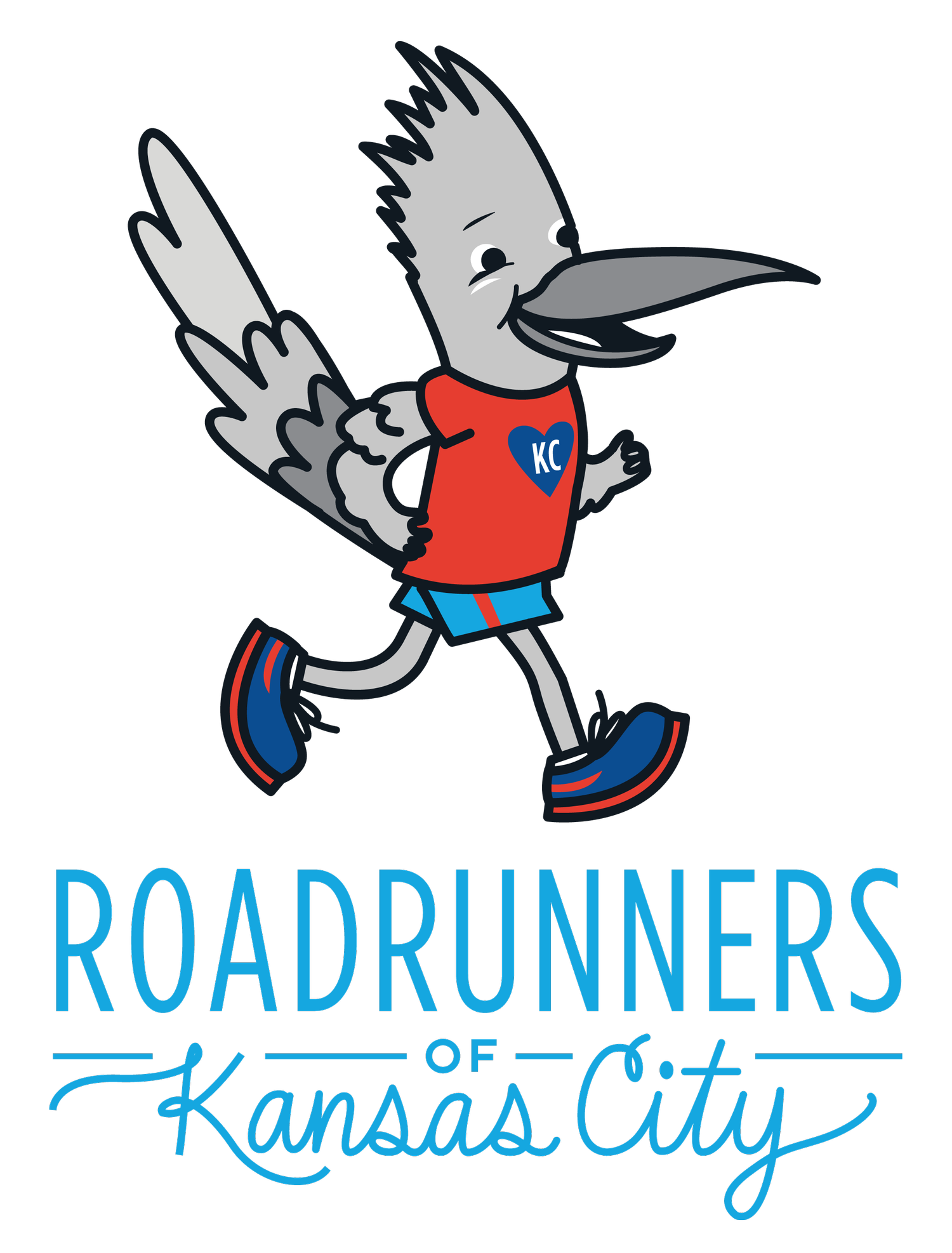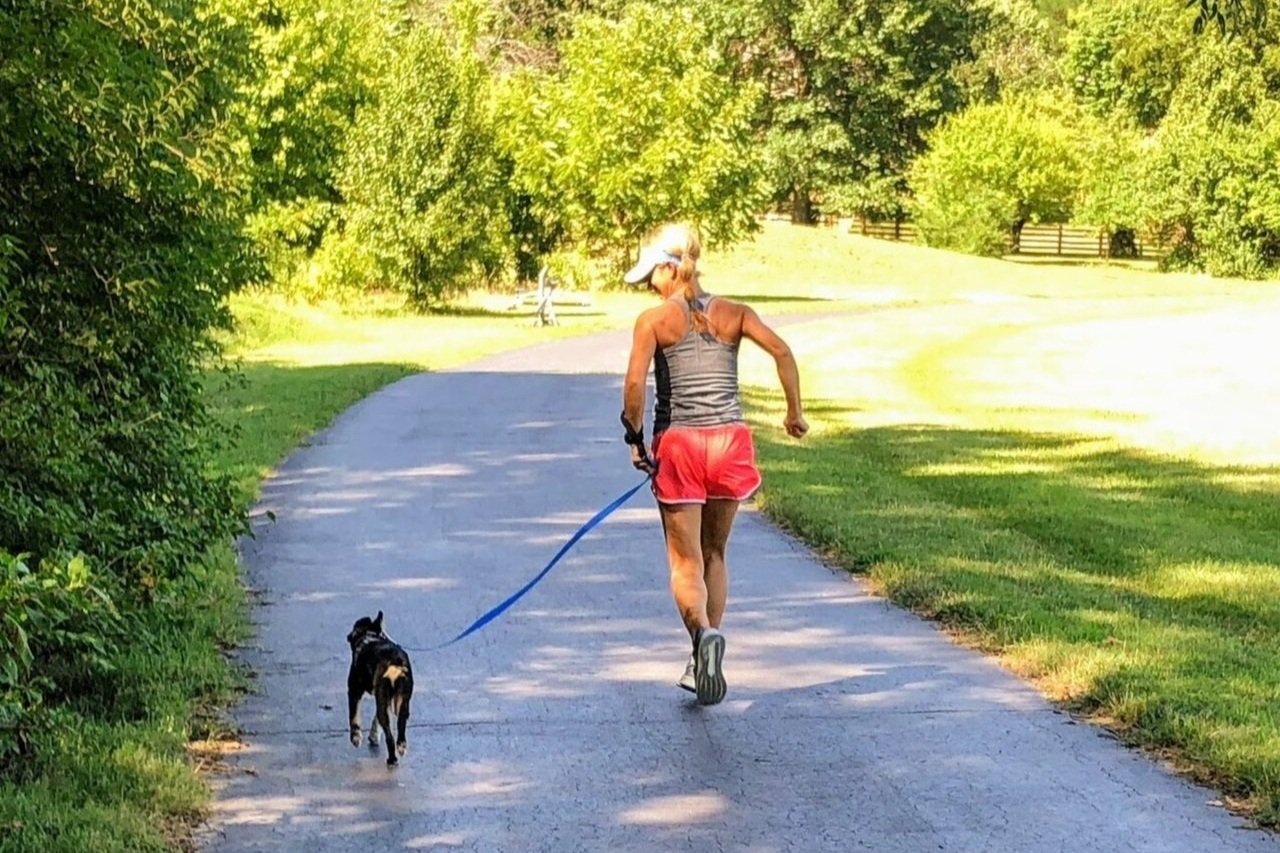Tips for a Successful Spring Race
/Whether you are training for a 5K, 10K, half, or full marathon, consistency is the key to your spring race success. And if your race is not on a treadmill, most, preferably, all of your training runs are completed outside. And here in the northern hemisphere, especially in Kansas, it can be bitterly cold.
Motivating yourself to ditch the treadmill and run outside in the winter is a challenge. But don’t worry! I have some tips for getting your butt out there.
Seek warmth.
Take heart that you will warm up after the first mile or 10 minutes. Your body will feel about 20 degrees warmer than the effective temperature. Let's do the math. If the effective temperature is 30 degrees, once you get running, it will feel like 50 degrees. Did you know that the ideal run temperature is 50 degrees?
“But Coach Amy, sometimes it is 0 degrees out there!” I know, and it will feel like 20 degrees once you’ve warmed up, but if you are dressed for winter running success, the run is tolerable, and that crisp air becomes invigorating. See my tips: How to Dress for Cold Weather Running. Hot tip: lay out your running gear the night beforehand.
Find Accountability.
I've spent many early mornings tucked in bed looking out the window at the dark, listening to the howling winds, and if I didn't know that my running friends were going to be waiting for me, I would STAY. IN. BED.
Join a running group, like Roadrunners of Kansas City, especially for the longer runs. The other runners will hold you accountable, and the camaraderie provides much-needed warmth! Membership is only $25/month. Need even more help to stay on the cold-running-weather wagon? Consider hiring a coach.
Envision the Starting Line.
This one is powerful. Envision yourself on the startling line of your race. How do you want to feel? Do you want to feel ready or unprepared?
I've toed the line unprepared, and it doesn't feel terrific - there is a sense of doom, and the outcome is never what I hoped. I like the nervous-excited feeling that comes with the knowledge that I did the work and am ready to reap my reward.
Your success is dependent on consistent training. So, lay out your winter gear, find accountability, and envision race day. It is going to come with or without you!







